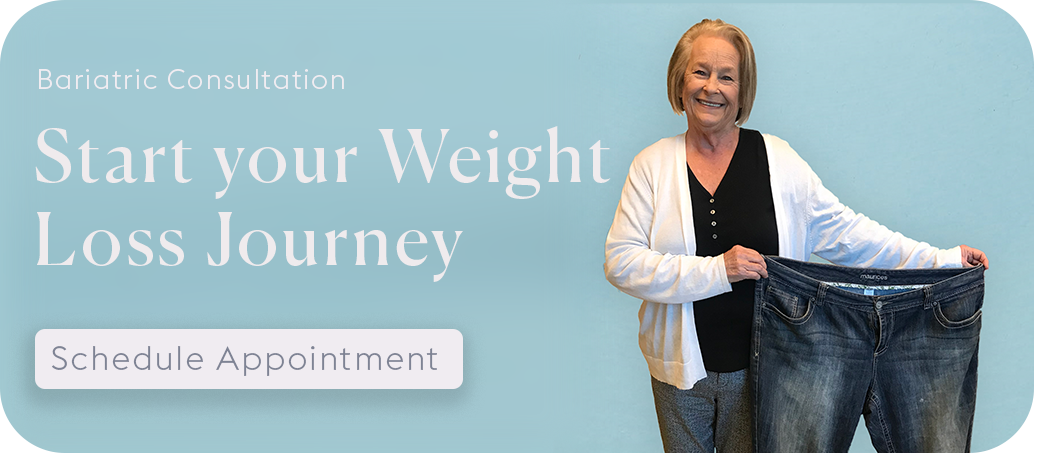Understanding how much to eat after bariatric surgery depends on many factors. However, one piece of advice given to anyone who goes through weight loss surgery is to eat protein.
Protein is a huge part of your diet after weight loss surgery, and knowing how much to eat after bariatric surgery is a significant factor in ensuring you are staying healthy after your procedure.
A great thing about protein is that there is a wide variety. Protein can come from eggs, cheeses, nuts, yogurts, protein bars, protein shakes, meats, seafood, and poultry. Having a variety of proteins in your diet will be vital to losing weight. And knowing what protein is will be essential to ensure you’re getting enough in your diet.
Understanding How Much to Eat After Bariatric Surgery
To calculate the amount of protein needed, we look at it as a percentage based on your calories. Someone eating many calories will need a higher amount of protein in their diet than some who are eating fewer calories. Those eating more calories will eat more protein, but it will still be the same percentage of their overall caloric intake.
A typical range for protein is 10 to 30% of your total caloric intake. Usually, after weight loss surgery, we recommend close to 30% because you need that higher protein content. This percentage is individual-based though, so make sure you talk to your registered dietician or healthcare provider to ensure that you are staying within safe levels and being mindful of past medical history. However, for now, let’s use 30% of protein as an example of how much to eat after bariatric surgery because it is an excellent recommendation for protein intake post-surgery.
So, let’s say you are eating 1,200 calories a day. If you want to know how many grams of protein is in 30% of 1,200 calories, you will take 30% of 1,200: 360 calories. Then with 360 calories of protein, you want to know how many grams that is. So what we’ll do is divide 360 by four—since there are four calories of protein per gram—which will give you 90g of protein. So as an example, if you’re eating 1,200 calories, you want to eat 90 grams of protein a day. But again, that will fluctuate based on your calorie intake and activity levels.
Again, protein intake is per person, but that’s just a quick example of calculating the grams of protein you will need based on a percentage. Making sure you are getting protein from different sources is essential too, but you must also know how to get that protein in.
How to Reach Your Intake Goals
We talked about how much protein you will need, but after surgery, when your stomach is significantly smaller, it may seem impossible to intake that much protein. Thus, you want to make sure you’re eating small amounts throughout the day. By making sure you’re having a protein snack every 3 hours throughout the day, you’ll get to your 90 grams, or whatever 30% of your caloric intake is.
As a reminder, we encourage you to do this in a safe and healthy way. Please do not try to push yourself to eat too much in one sitting to meet your protein needs, but pace yourself throughout the day.
If you are six months post-op vs. one year vs. one and a half years, your protein needs can change. Initially, we’ll want you at a higher protein intake, not only to support your muscles as you drop weight quickly but also for your healing process. Also, as your activity levels change and your health goals change, you will need to increase or decrease protein intake.
So if you’re six months post-op, you may be at 20 to 30% protein, and at around a year, you’ll be 40 to 50% protein. However, you want to make sure you have lots of follow-up with your healthcare providers.
Conclusion
In conclusion, a large part of understanding how much to eat after bariatric surgery is a matter of understanding how much protein you should take in. If you’d like to speak with a bariatric professional about how much to eat after bariatric surgery, click here to make an appointment.
This article was originally published on the Bariatric Centers of America website.

